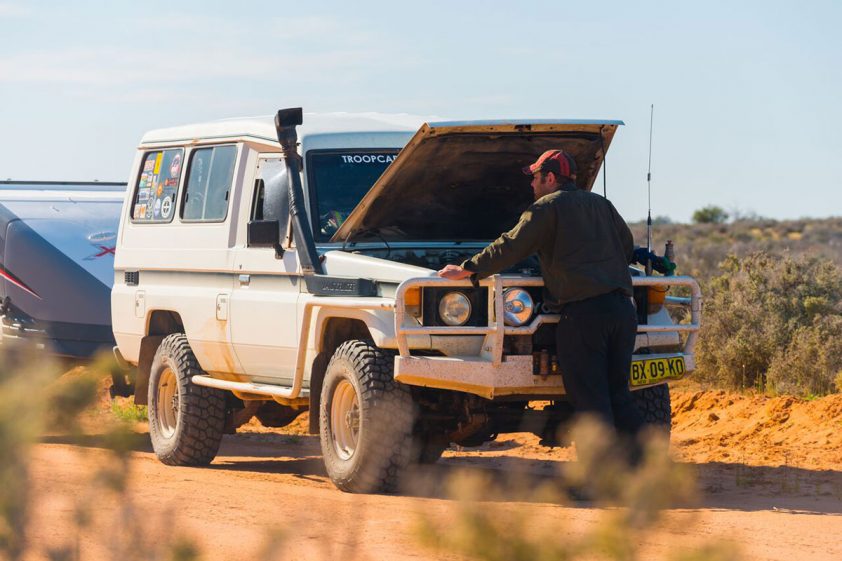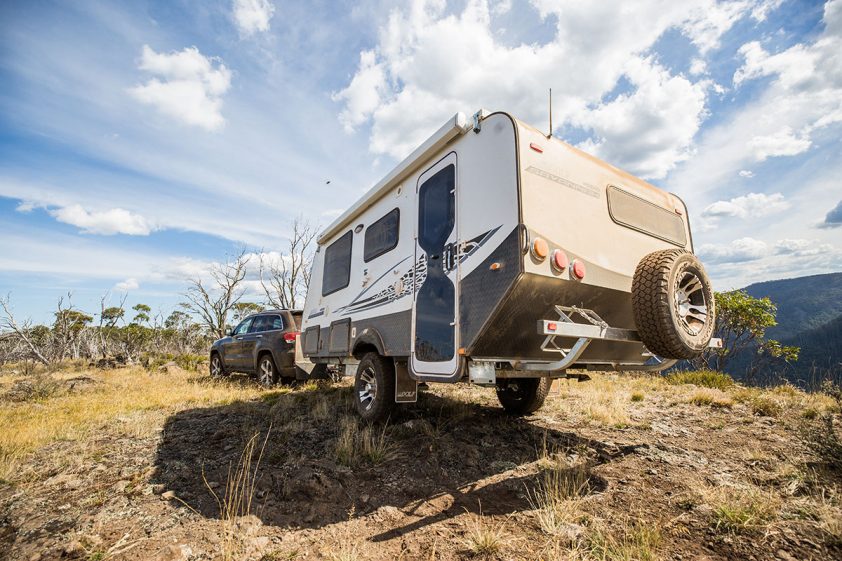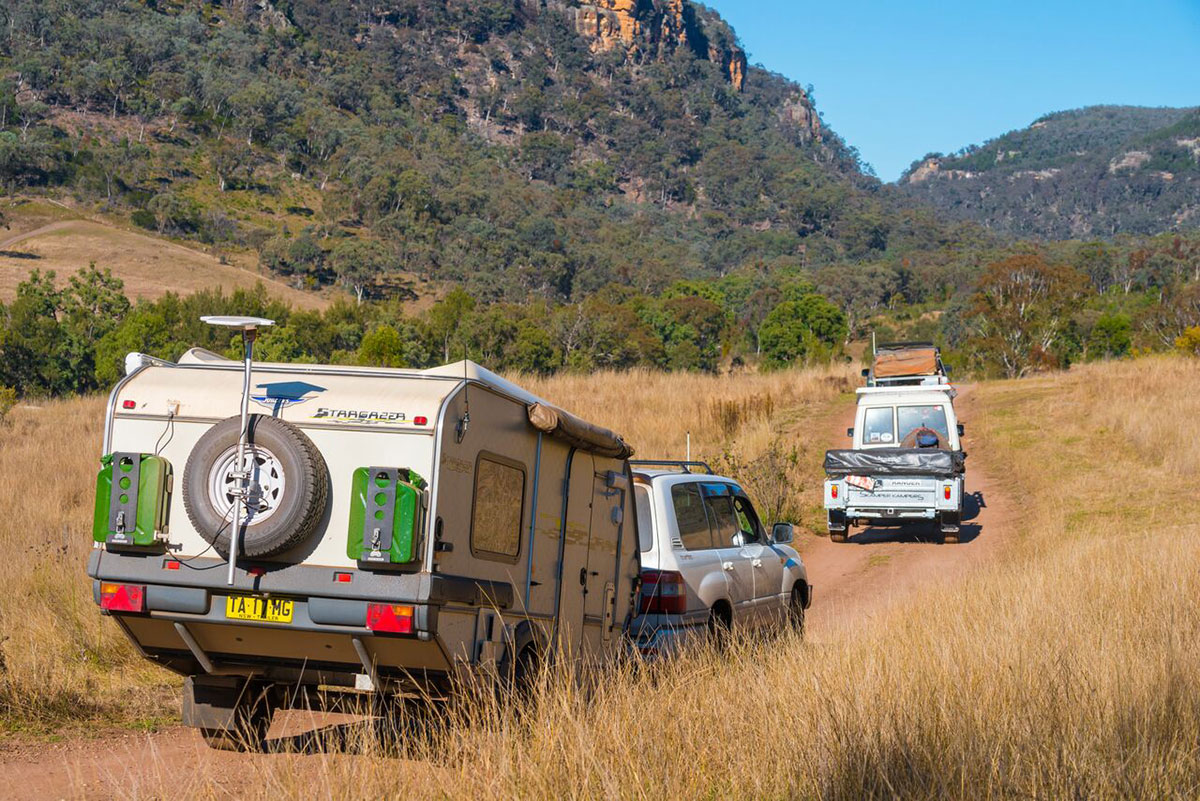We rely on fuel extremely heavily here in Australia, especially us caravan owners. We’ve all heard the horror stories of that brand new $100,000 diesel vehicle copping a mouth full a bad fuel and costing the owner a whole left arm and half a kidney to repair, right? Well, the problem is fuel is an unstable, organic liquid that has a real tendency to go bad. To be blatantly honest, most of us wouldn’t have a clue what our fuel goes through before it ends up in our vehicles. We forget it has to be transported from the refinery, often shipped from overseas and trucked across the country. It’s pumped through pipelines, barged and stored in a variety of storage tanks each facing their own dilemmas. Temperature fluctuations and exposure to the atmosphere cause condensation and water contamination issues. And don’t even get me started on what your typical common rail diesel engine demands of fuel these days.
With all that in mind, we thought we’d shine a little light on the topic and give you the tools you’ll need to prevent a potential disaster in the making. So whack your reading glasses on, this is sure to be a real eye opener!
WATER WORRIES
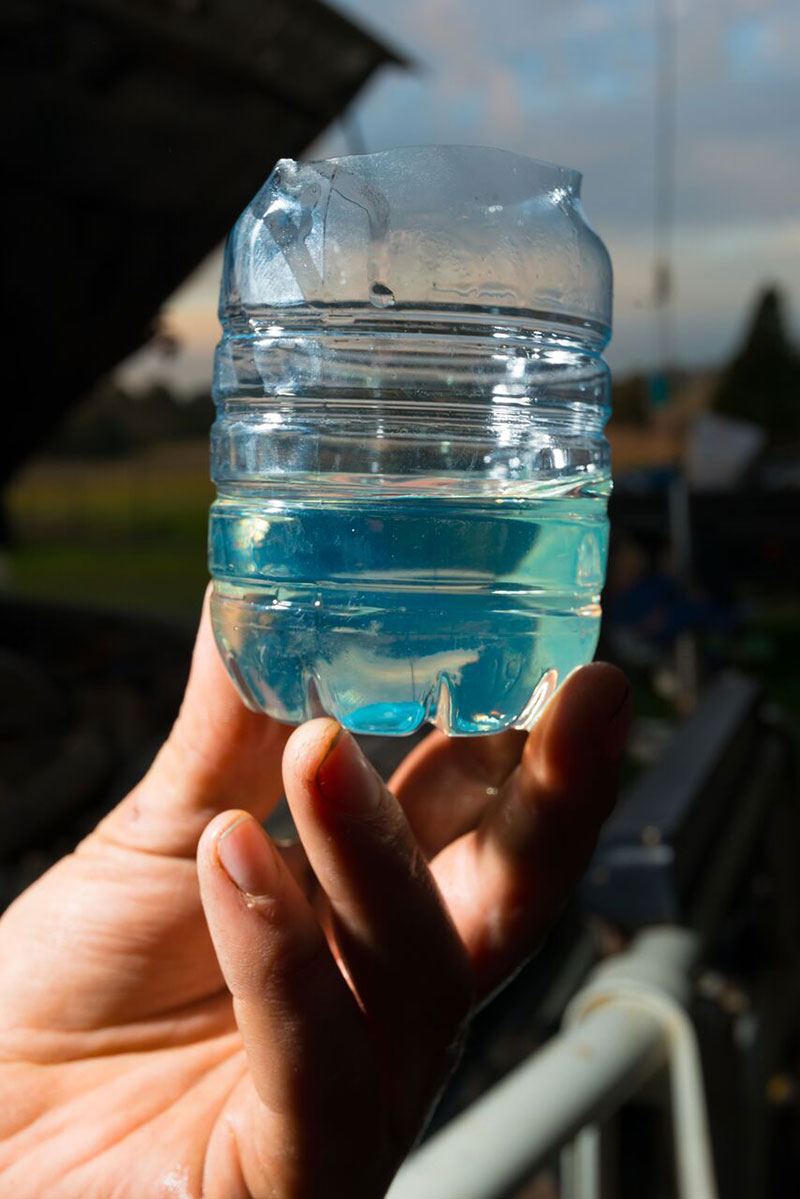
Water contamination is arguably the biggest threat to any diesel engine. But here’s a fun fact for you, just about all service station fuel storage tanks have water inside. Yep, it’s nearly impossible to avoid. With air inside the tank and the temperature consistently changing, condensation builds up on the walls of the tank. Even the fuel from a warmer tanker truck getting pumped into the cooler underground tank can cause this. It’s a bit like grabbing a cold can of soft drink from the fridge on a hot day – it usually gets covered in moisture. Over time the water collects and sinks to the bottom of the tank. If that’s not enough to cause a full blown anxiety attack, the fact that the exact same process can happen in your vehicles fuel tank probably is. Add in the potential for water to penetrate a fuel stations storage tank after heavy rain or flooding, and it’s enough to raise an eyebrow or two, eh? Granted, this is where the maintenance and condition of the bulk filler cap, vent pipes and seals come into play.
DIESEL BUG DRAMAS
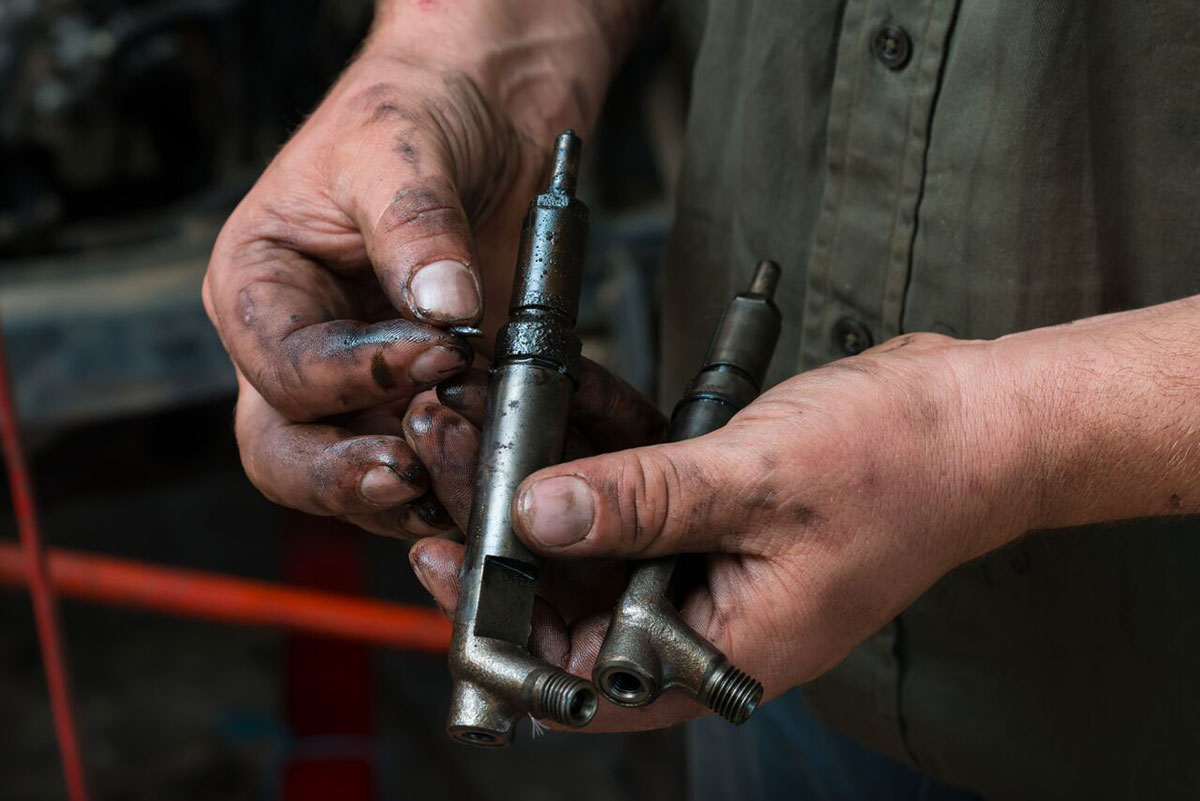
Why is a bit of H2o so bad? Well, put it this way – Water is like the grim reaper of fuel systems! It causes rust, which creates absolute havoc inside your fuel system. Plus it actually reduces lubrication causing internal components of your fuel system to wear prematurely. Then there’s the that fact that moisture is a breeding ground for bacteria, fungi and algae, which is a bit like letting Hitler loose in your fuel system with a platoon of mentally disturbed soldiers. There are too many of these microorganisms to list, hence why their often referred to as “diesel bugs”, but the majority of them need water to survive, and nutrients found in fuel additives to feed off. Now these little buggers multiply, produce waste deposits, die and descend to the bottom of your tank at an extremely fast rate. Over the course of a few months, the carcasses and contaminants really build up and get sucked through the rest of the fuel system clogging up fuel lines, fuel filters, injectors and even the high-pressure pump.
Now there are a variety of diesel bug additives out there designed to kill the bugs. The problem is these additives can’t remove the dead bugs themselves, which means the dead carcasses and contaminants can still damage your duel system, especially common rail diesel engines. In other words, you’ve still got a heck of a lot of cleaning to do. Your best bet is to use a diesel bug treatment regularly to kill any contaminants before they get too advanced.
COMMON RAIL DIESELS
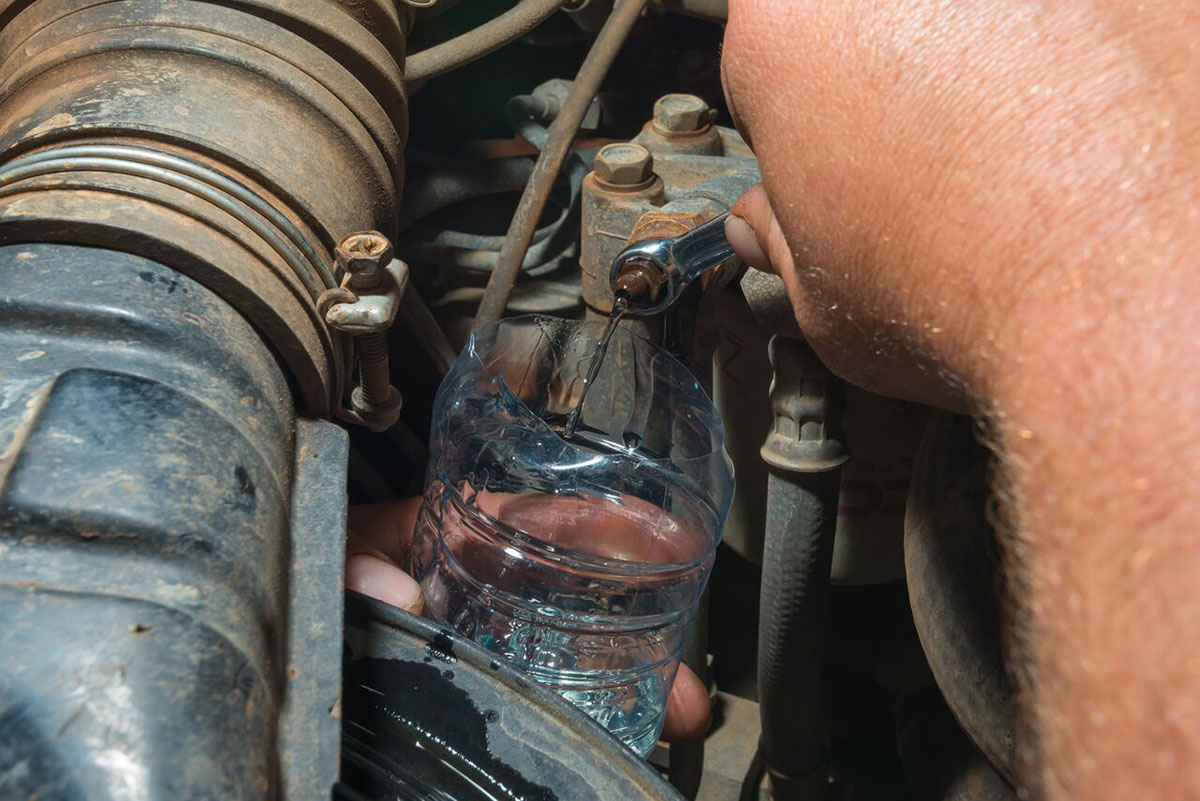
We’ve all heard that common rail diesels are prone to fuel issues, but most of us don’t actually understand the reasons behind it. So let’s break it down into simple terms. In a nut shell, a common-rail diesel operates with much lower tolerances to deliver fuel to the engine far more precisely than older direct injection engines, which also means there are additional components involved that are quite fragile. The abrasive nature of rust means even small amounts of it can and will upset the more delicate internal components in a much shorter time frame than older direct injection diesels. To add even more fuel to the fire, common rail systems operate at extremely high pressure (up to 45,000psi). A rapid burst of water instead of fuel can damage the injector, in some cases sending debris like the injectors tip into the combustion chamber causing irreversible damage to the piston and valves. Yep, it’s rebuild time if that happens, and it’s never cheap!
WHEN IN DOUBT, CHANGE IT OUT!
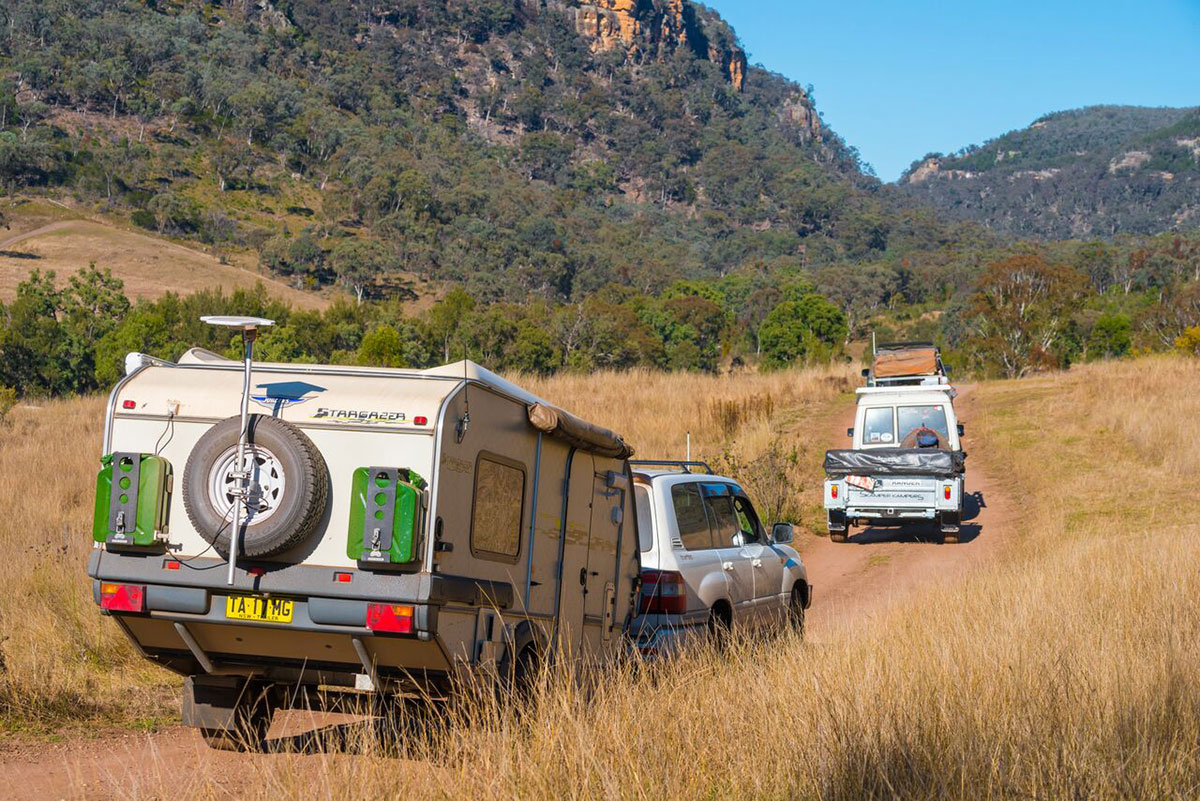
Regularly replacing your vehicles fuel filter is an absolute must. In fact, I’d go as far as replacing it every time you change your engine oil (10,000km-15,000km these days), or before every major trip regardless of how long it’s been in there. Sure, you could wait until the little warning light pops up on the dash, but let me ask you this; what happens if your fuel filter is already 70% blocked before you leave for your next trip and you cop a bad load of fuel, eh? Yep, it could literally mean the difference between arriving into town on the end of a tow truck and making it there under your own esteem.
Keeping a spare fuel filter on board is a top idea too. I mean it sure beats potentially waiting for days for a replacement filter to arrive if you’re in the middle of nowhere. Oh, and make sure you use the highest quality filters possibly, preferably the genuine article – there are plenty of cheap, nasty and inferior options available that will cause more trouble than they’re worth.
SECONDARY FUEL FILTERS
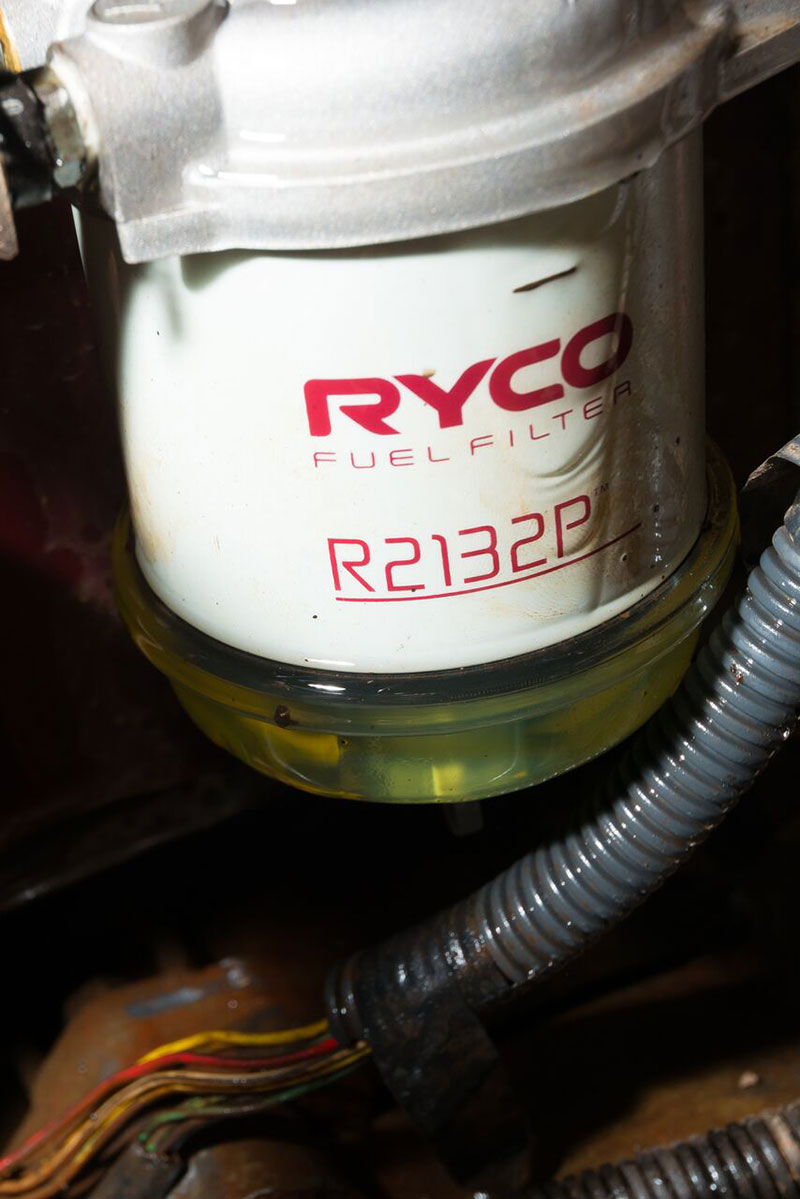
For a little extra protection and peace of mind, installing a secondary fuel filter is a good investment. But there’s a lot of confusion around the best way to do this. Now your standard factory fitted fuel filter usually filters down to between 2 and 5 micron, which is quite fine and ultimately designed to suit the rest of your fuel systems requirements. Some people choose to fit an extra fine filter (2 micron) after the factory one to add another barrier of protection and buy a little extra time if water happens to slip through the main filter. The problem is most modern fuel systems are equipped with some fairly advanced sensors, which can be effected when a second high pressure filter is installed.
To make matters worse, a high pressure fuel filter (like a 2 micron unit) usually isn’t very effective against water contamination. The higher pressure literally forces the water through the filter element. Instead, a pre-filter (usually around 30 micron) is generally much more effective against water, as it give the water time to hit the filter element and separate. It’s best fitted before the main filter to remove any water before it reaches the finer micron rated factory unit. While some may argue that fitting a second filter after the main unit gives you time to react once the main filter blocks up and triggers the service light, there’s no real point in having two filters that aren’t always effective at filtering out water now is there?
READING THE SIGNS
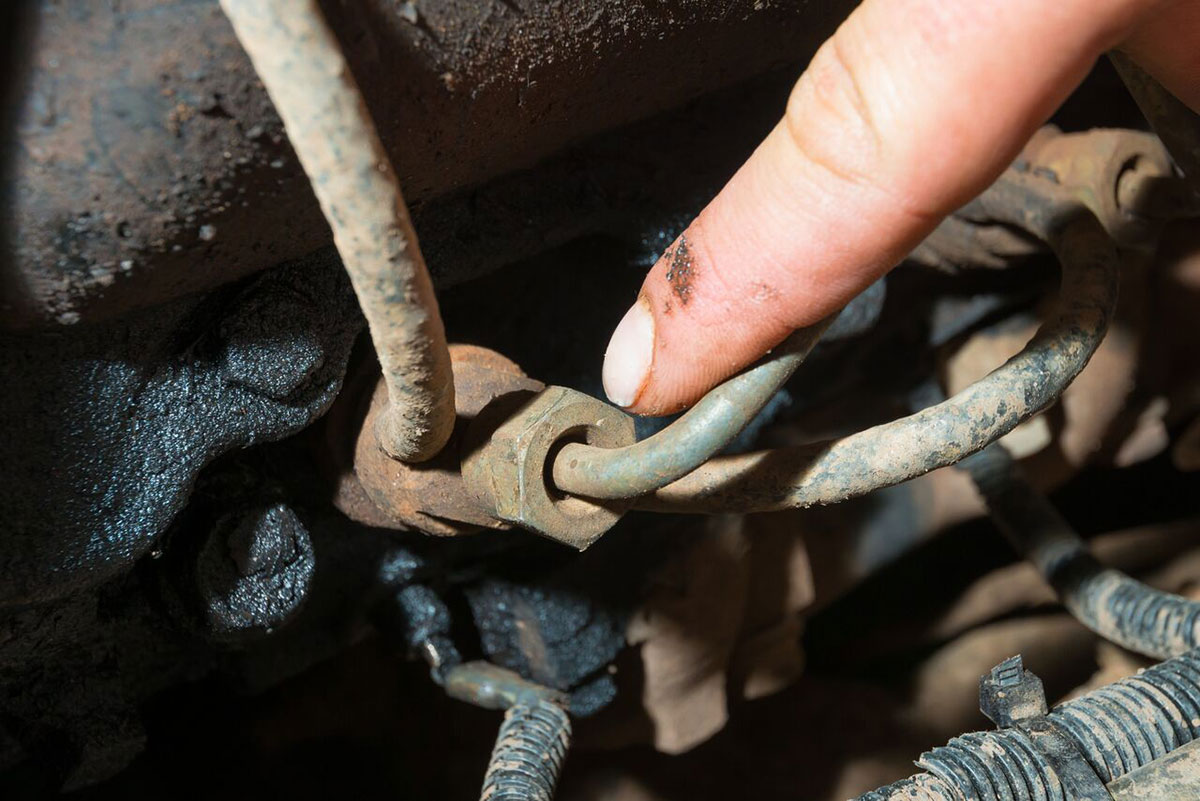
We often aren’t aware of poor quality fuel until the damage is done and the vehicle itself starts to play up. Things like a loss of power, higher fuel consumption and excessive exhaust smoke are the most common symptoms of a fuel system in trouble. But there are some more subtle early warning signs that cam allude to a problem prior to this.
- Old stale fuel just smells off. If your fuel tank emits a different odour than usual, you might have quite literally caught the problem with its pants down.
- Dark fuel is usually a sign that the fuel quality has degraded, while hazy fuel is indicative of water emulsified in the fuel. While your engine may still run, combustion efficiency and engine performance will certainly be lacking.
- If your fuel filter blocks up more regularly than it should, there’s a good chance the fuel tank will be full of contaminants. In which case, simply replacing the filter is like putting a bandaid over a heart attack – it won’t fix the core problem!
TOP TIPS – DODGING DRAMAS
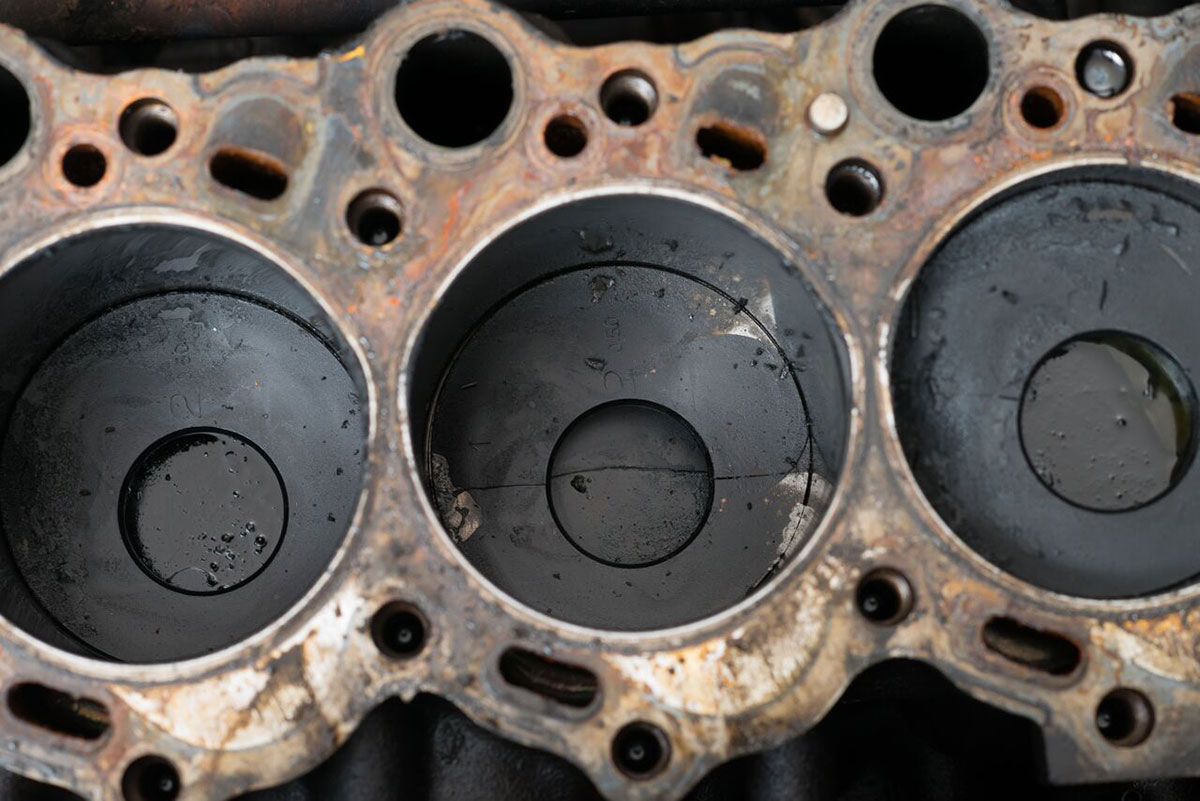
- Always avoid filling up shortly after a fuel truck has topping up the fuel tanks at a servo. Any water at the bottom of the tank gets disturbed and mixed with the fuel as it gets pumped in, and it often takes hours for it to settle back to the bottom.
- Fill up at popular service stations that get frequently used. The longer fuel sits in a tank, the greater the chance there is of water contamination. Plus, while fuel is expected to stay in usable condition for around 12 months, it can degrade in as little as 6 months with prolonged exposure to high temperatures. Oh, and above ground storage tanks get hotter, faster – just saying!
- Steer clear of jerry cans and fuel drums where possible. There’s a higher than average chance they will have contaminants lurking at the bottom, especially if they’ve been travelling on the back of a caravan for a while.
- Even a small amount of water in diesel can cause problems, so avoid filling up out in the open if it’s raining.
- If your vehicle is going to be stored for a few weeks or months, fill the tanks right up beforehand. It leaves less room in there for oxygen, which means far less condensation and most diesel bugs need oxygen to live too.
WHO’S LIABLE?
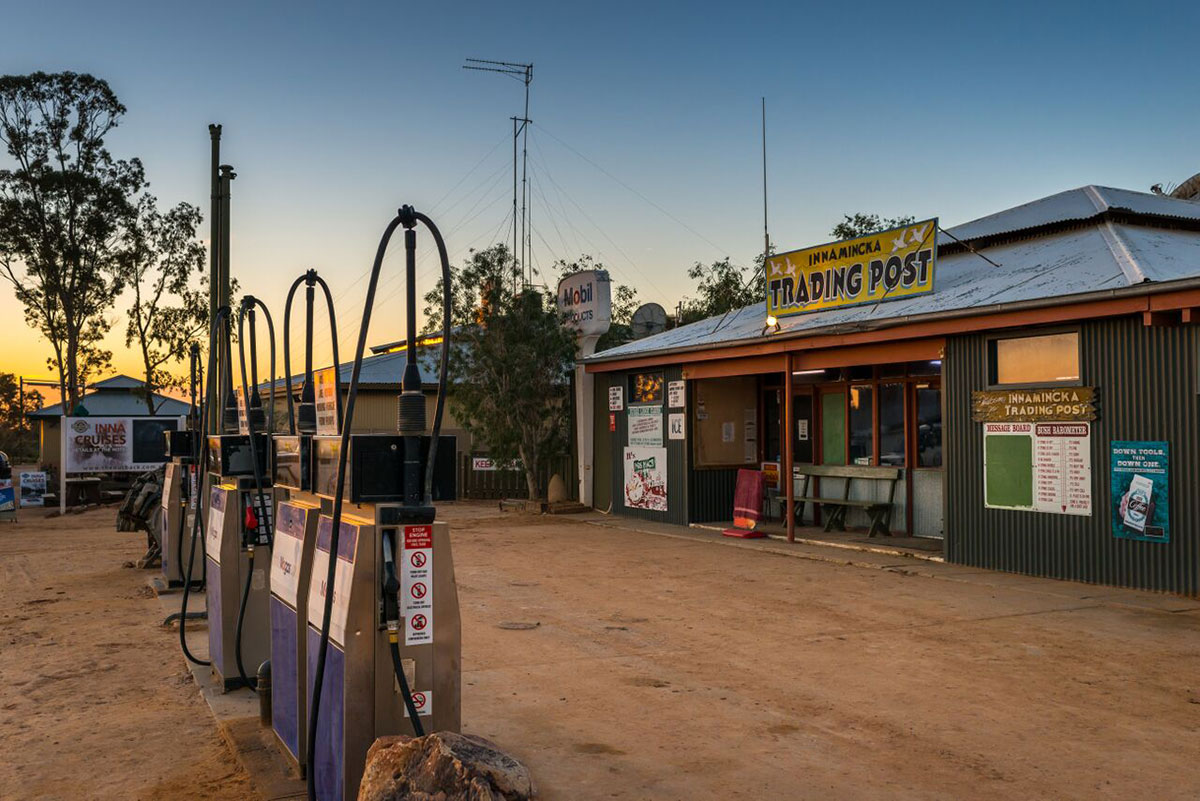
If you cop a bad load of fuel, there is a chance the service station will compensate your for any damages incurred, providing there is enough evidence to prove they are at fault of course. With that in mind, get in the habit of asking for a tax receipt, and always take note of the bowser number too.
Try and fill up a full tank at a time instead of just topping it up. It makes it much easier to identify the service station responsible for any contamination that occurs.
If you need to make a claim, try and track down any other motorists that have suffered the same fate. It’s much harder to argue when there are several other drivers backing up the claims.
MEET THE AUTHOR
Michael “Borgy” Borg
Borgy’s one of those blokes who lives and breathes offroad adventure. He’s travelled to almost every extremity of the Australian continent, built 4WDs and camper trailers from the ground up and tackled some of the most epic adventures Australia has to offer.
Being a mechanic by trade, he’s customising both of his Toyota LandCruisers, ‘Toot’ the Troop Carrier and ‘Uncle Grump’, his big red 80 Series Cruiser. With plenty of tough low range kays under his belt, you can bet your bottom dollar he’s learnt the art of bush mechanic fixes. In fact, Borgy reckons relaxing around the campfire after an epic day on the tracks is what 4WDing is all about, not to mention that feeling of freedom you get when you lock in the hubs!

